October 9 – November 28, 2021
This special exhibit features over 25 detailed photographs of seeds in wild and garden settings, over 30 seed specimens for up-close viewing, and hands-on activities for plant enthusiasts of all ages. The images vividly portray the intriguing seed structures and dispersal mechanisms of California native plants as they enter the final stage of their evolutionary biology: ensuring the survival of plant life. Seeds aims to increase awareness and appreciation of seeds and their incredibly valuable role in California’s ecological systems.
“Seeds: Nature’s Artful Engineering” is a traveling exhibition from Exhibit Envoy developed by Jennifer Jewell and John Whittlesey.
Exhibit Events
Member Opening Reception | Friday, October 8 | 6-8 p.m.
Join us for a Member-exclusive opening reception in celebration of our new exhibit! Not yet a Member? Join today! We’re planning a festive experience outside in the park with opportunities for indoor exploration of the exhibit. Learn more and RSVP.
Out and About: Fall Foods | Saturday, October 16 | 10 a.m. to noon
The team at Farm Discovery will lead families through seed saving and pumpkin carving as we visit with farm animals. Let’s strengthen connections with our local food system and community as we fully embrace the fall season! Learn more and register.
Member Meet-Up: Natural Dye From Seeds | Saturday, October 23 | 10 a.m. to 1 p.m.
During this month’s Member Meet-Up, we will explore the color potential of seeds by processing acorns, avocado seeds, and California black walnuts into natural dyes in honor of our exhibit. Learn more and register.
Indigenous Relationships with Coastal Prairie Plants with Alex Tabone| Saturday, November 13 | 10 a.m. to noon
Coastal prairie habitats have long been tended by Indigenous people along the coast of present day California. During this demonstration outside the Santa Cruz Museum of Natural History, Alex Tabone will share how the Amah Mutsun Tribal Band and their ancestors have used ingenuity to turn the bounty of the Santa Cruz area into delicious meals for millennia. Learn more and register.
Ancient Scorched Seeds and Indigenous Land Stewardship with Rob Cuthrell | Tuesday, November 16 | 6-7 p.m.
Archaeologists can analyze charred seeds and other plant remains to learn about relationships between people and the natural world deep into the past. This talk will describe how a collaborative research project between Amah Mutsun Tribal Band, State Parks, and academic researchers utilized this type of information to explore how Indigenous peoples on the coast of San Mateo and Santa Cruz Counties used prescribed burning to steward local landscapes. Learn more and register.
The Story of Seeds
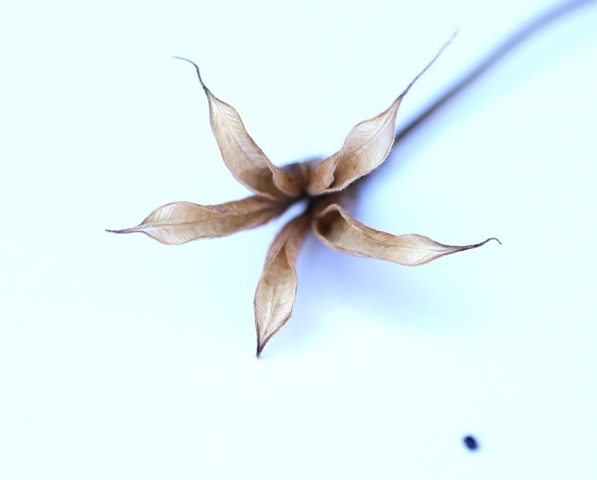
Seeds, with their various support structures and dispersal mechanisms, are critically important to all life — as the future of the health and diversity of the world’s plants, and as an important food source for wildlife and humans alike. Seed dispersal is the movement of seeds away from the parent plant — an evolutionary adaptation that assists in the continuity of the species and is fundamental for population persistence.
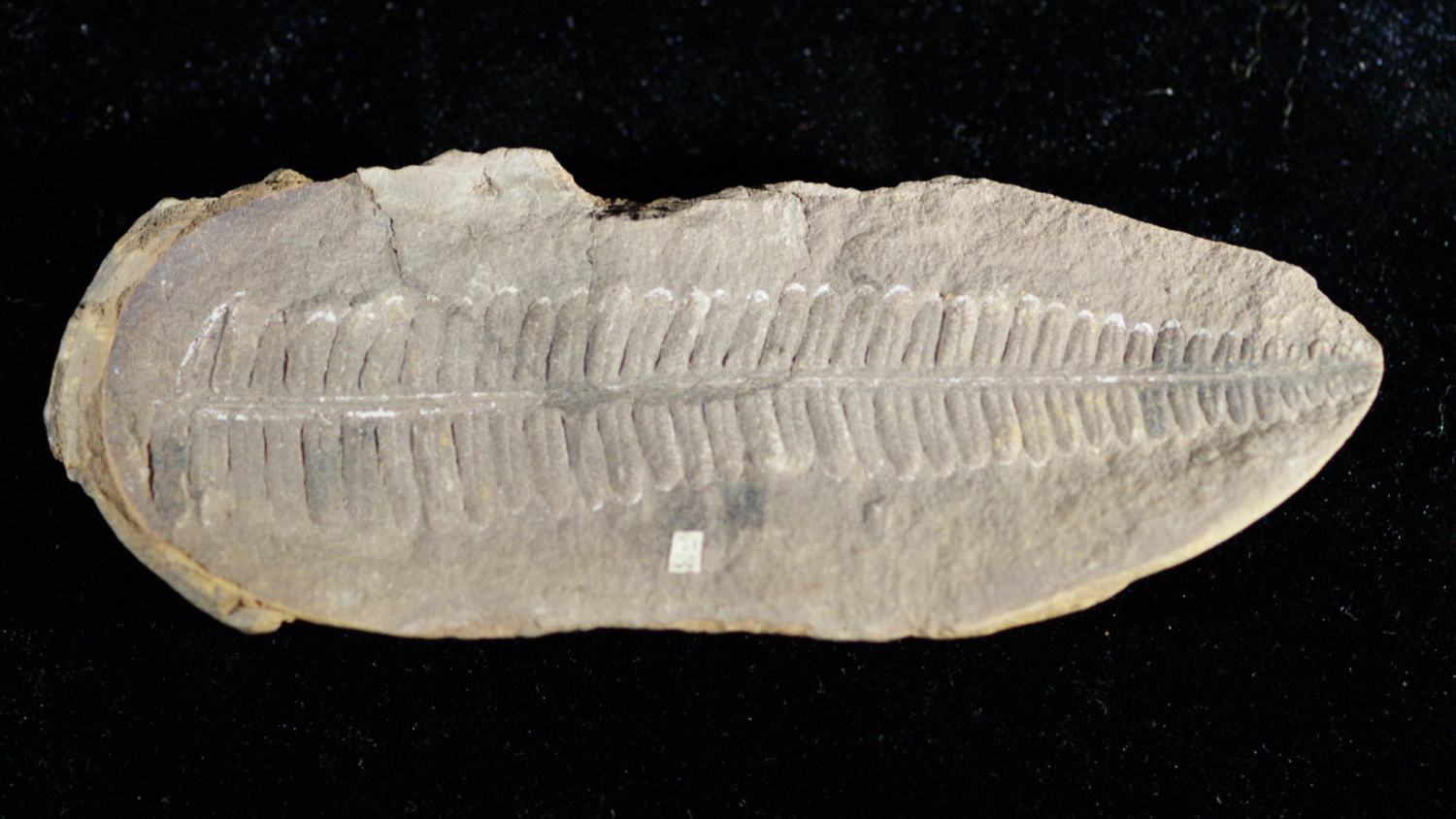
Evidence of seed-bearing plants, spermatophytes, first appeared in the fossil record more that 300 million years ago. Since that early period, plants have evolved to include seed ferns, gymnosperms, (for instance conifers), and angiosperms (flowering plants).
What is a Seed?
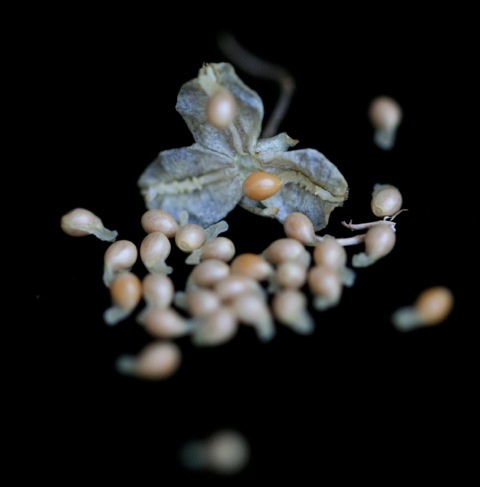
A seed is the fertilized reproductive structure of a seed plant, containing an embryo and a food storage tissue (endosperm) for the embryo to live off once it has been dispersed from the parent plant until the seed is ready and able to germinate. Both the embryo and endosperm are enclosed in a protective seed coat called the testa.
The seed stage of a plant’s life is the only time it’s both dormant and mobile. As evolutionary adaptations, seeds have allowed the plant kingdom much greater ability to diversify and expand to almost every corner of the globe.
Seed Dispersal Methods
Plants, being stationary, have developed a variety of means to move, whether short or great distances, via a number of mechanisms. Mechanisms that increase the probability of finding their niche. Often plants have several methods to send their seeds out into the world- primary and secondary dispersal adaptations.
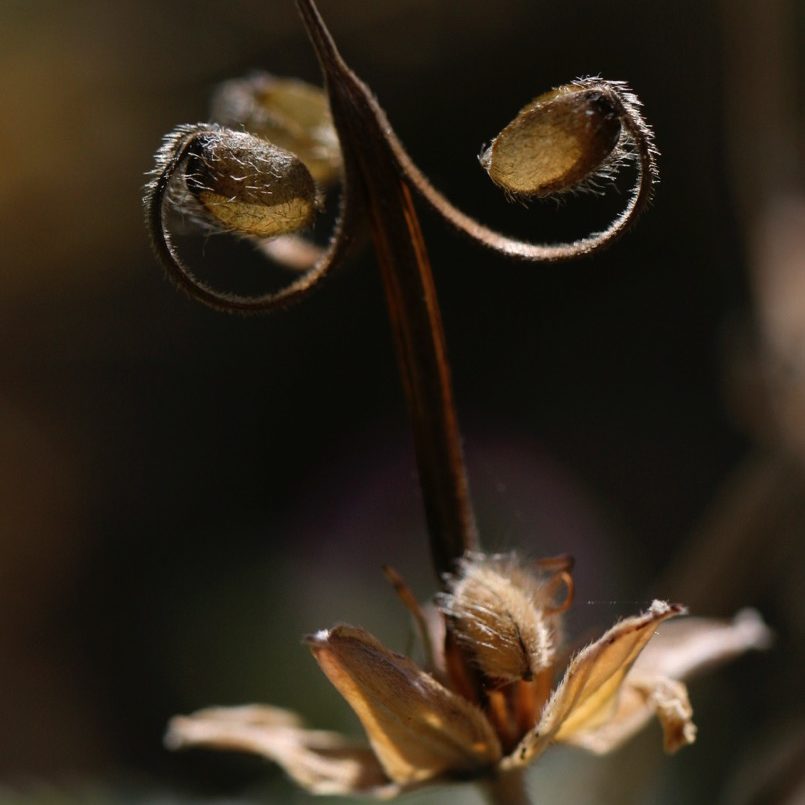
Ballistics (Ballochory)
Perhaps the most surprising and amazing of the seed dispersal strategies is that of ballistics wherein seeds are propelled away from the parent plant forcibly. In most cases, the internal energy to force a seed from its pod is the result of changing humidity levels inside the seed casing as the seed matures and ages. In many cases the drying of a pod causes it to contract, placing tension on the seam until it splits open. The force of a split can send seeds several feet from the parent plant- in the case of geraniums, their seeds can sling shot up to 10 feet away.
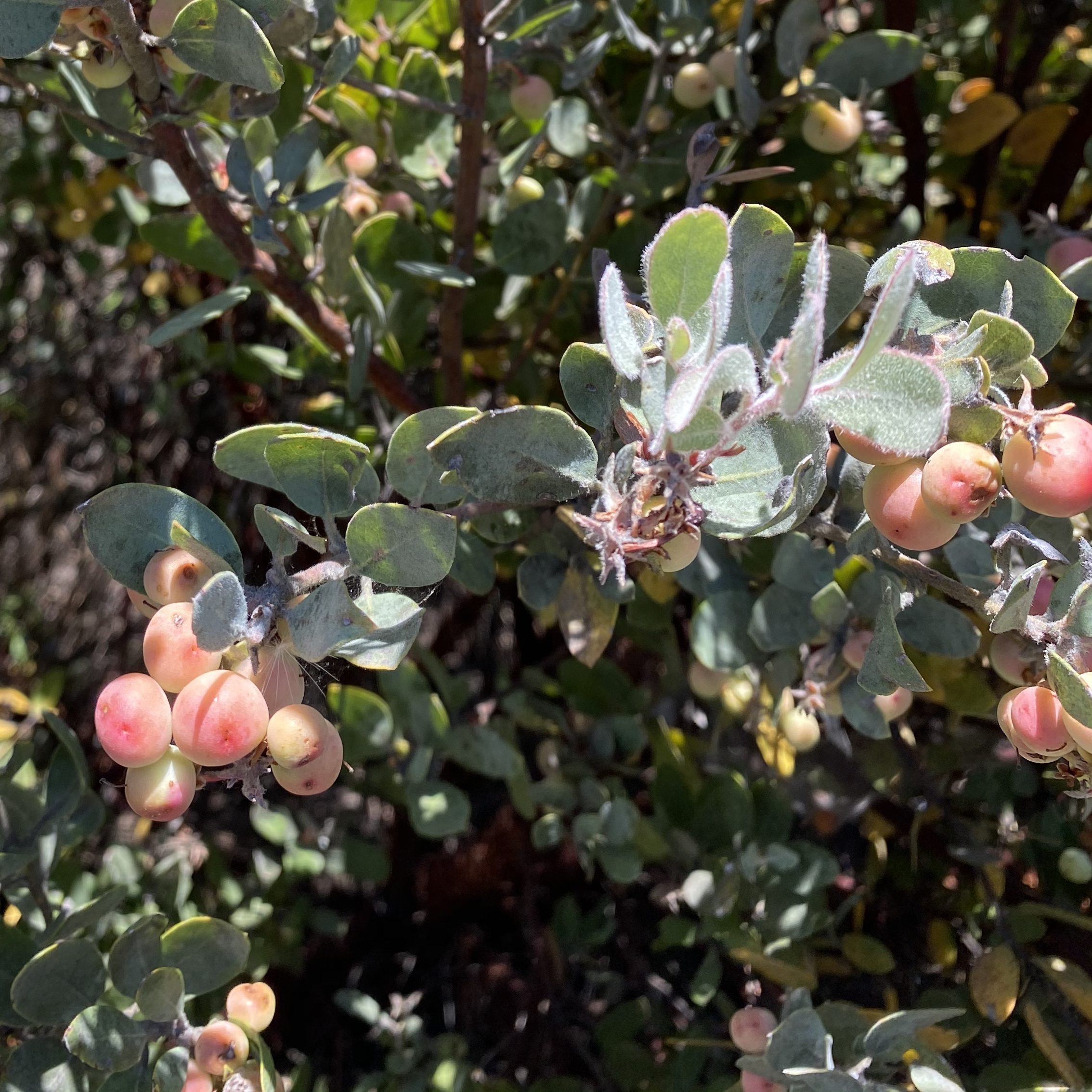
Wildlife (Zoochory)
Soon after seeds appeared in plants, insects became interested in those seeds. Birds and mammals followed. Just as flowering plants and insects were co-evolving mutualistic relationships for food in return for pollination, so too were seed bearing plants co-evolved with animals. Animals, including humans, are important dispersers of seed. They transport seeds by eating them, by collecting and caching them to eat later, and by unknowingly transporting “hitchhiker” seeds like burs on their fur, feather, hair or clothing (in the case of humans).
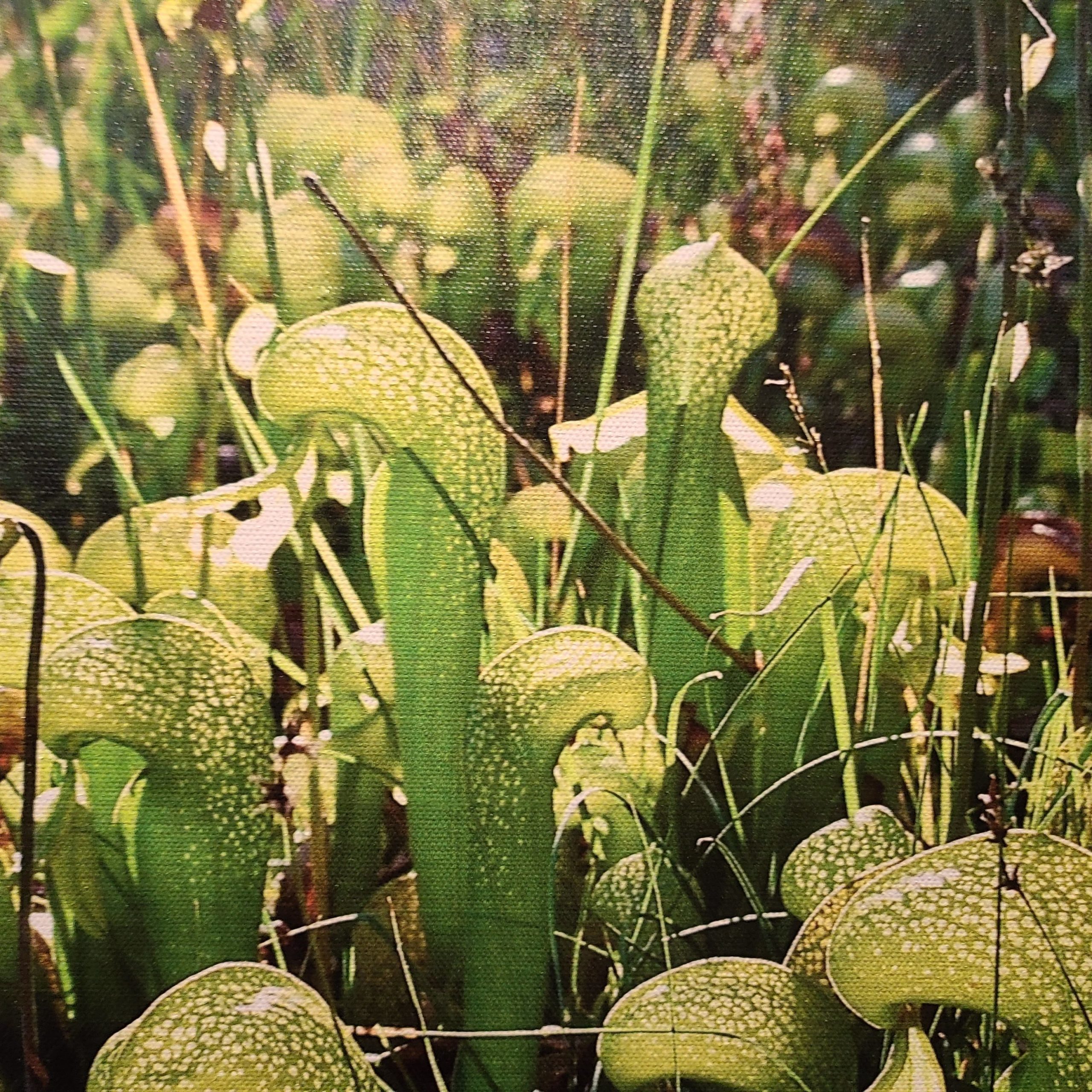
Water (Hydrochory)
Ocean currents and tides, rivers and streams, rising and falling season pools, even raindrops are all useful in transporting seeds. Water is instrumental in moving seeds away from the competition of parent plants and likely depositing them in environments not very different from their place of origin. Water dispersed seeds have developed a number of characteristics and strategies for protecting themselves from water damage until they are ready to germinate. This can include a water repellent seed coat to keep the seed inside dry until it is ready, and also to help it float.
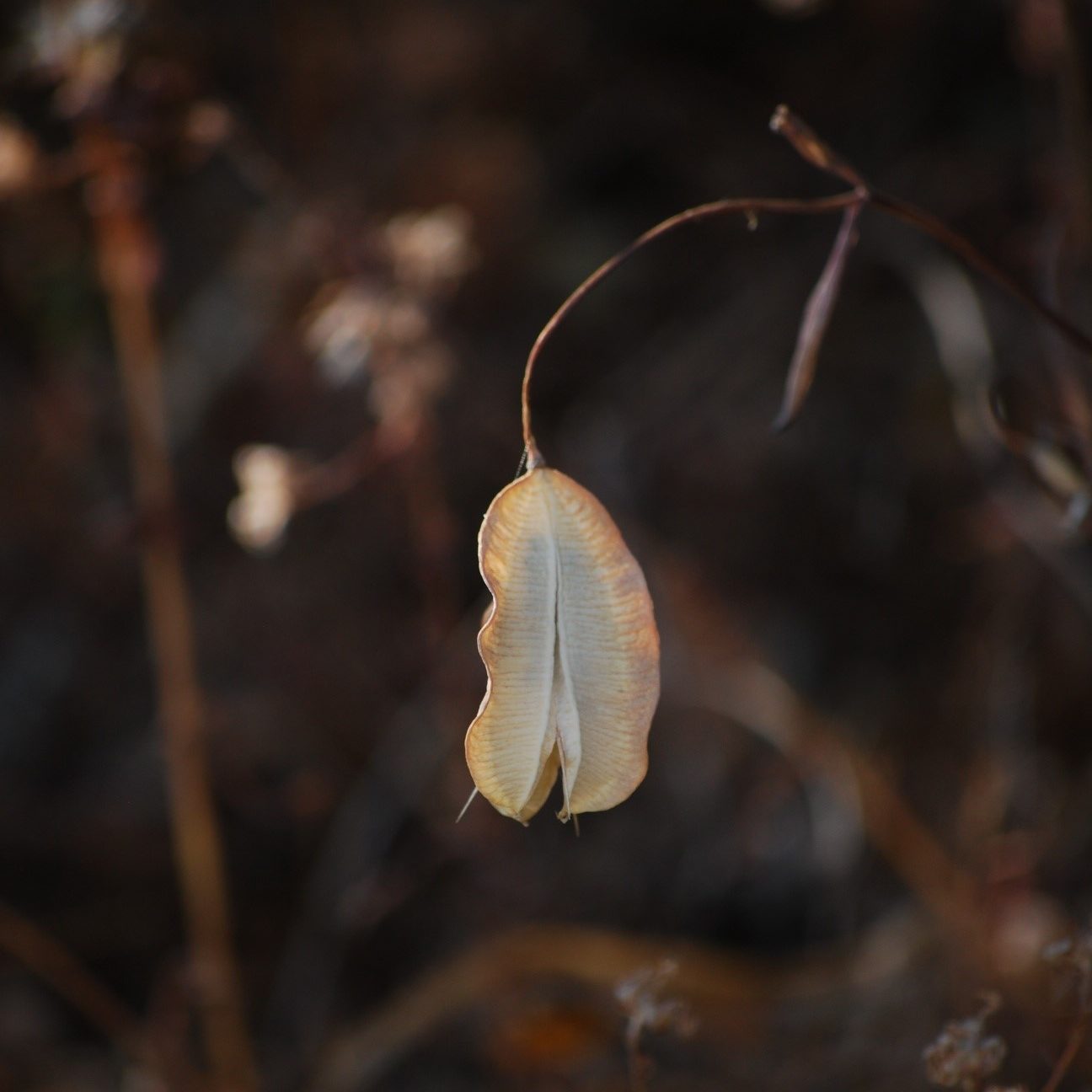
Weight (Barochory)
Many seeds rely on gravity to get them started on their dispersal journey. This is especially apparent with larger, heavier nuts and cones but even many smaller seeds are well adapted to using gravity as their primary dispersal method. Most gravity dispersed seed plants have evolved to have their ripened fruits and seeds develop at the outer edges of the parent plant, or along stems and branches that arch out and down, pulling the seeds away from the parent’s crown. Once fallen, many gravity-dispersed seeds are then moved further by animals, heavy rain or other means.
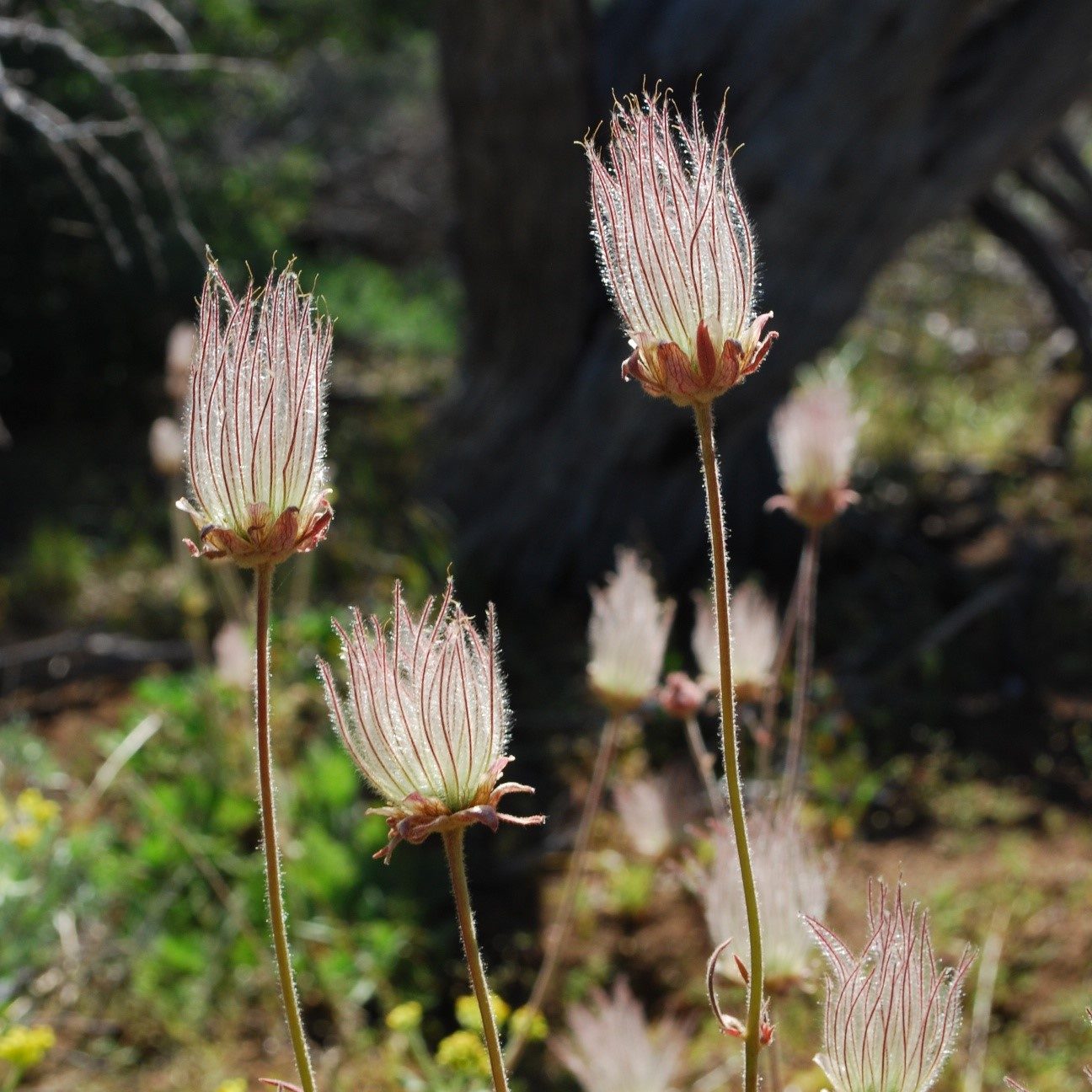
Wind (Anemochory)
Harnessing the wind has been one of seed bearing plants’ most successful dispersal strategies, helping to establish many plant species around the globe. Parachutes, propellers, wings, sails, tumblers and even balloon-like structures, have all become aids in dispersal by wind. Wind dispersal of seeds is efficient in moving seeds great distances, but it is unpredictable whether or not it will get the seeds to a suitable place for growing. Plants that rely on wind for dispersal generally make up for this by producing a lot of seeds to increase the odds that a few will find appropriate conditions.
Learn More
Explore other resources for better understanding native plants, fungi and the many habitats of Santa Cruz County.
Plants
- Read: Annotated Checklist of Vascular Plants, SC County
- Watch: How to Draw a Flower
- Read: On the Subject of Seeds with Artist Patricia Larenas
- Watch: Sourgrass Natural Dye Tutorial
- Activity: Natural Pigments
- Activity: Tree Canopy Lesson
- Read: Collections Close-Up- California State Grass
- Read: Collections Close-Up- Fern Fever
- Read: Collections Close-Up- Paleobotany
- Read: Guide to the Garden Learning Center
Fungi
- Activity: How to Make a Spore Print
- Watch: Long-term lessons: Perspectives on three years of mushroom monitoring in the Santa Cruz Mountains with Christian Schwarz
- Watch: Macabre Mushrooms: Ghouls of the Woods with Christian Schwarz
- Watch: Data is Not the Destination with Christian Schwarz
- Read: Collections Close-Up- Fungus Fair Posters
Habitats
Shop in the Online Store
- Book: California Plants by Matt Ritter
- Book: Annotated Checklist of Vascular Plants, SC County
- Book: A Californian’s Guide to Trees by Matt Ritter
- Book: Mushrooms of the Redwood Coast by Christian Schwarz
- Book: Animals and Plants of Monterey Bay by Lori Klosterman
- Book: Secrets of the Oak Woodlands by Kate Marianchild
- Guide: Wildflowers of the San Francisco Bay Area
- Guide: Trees of the San Francisco Bay Area

